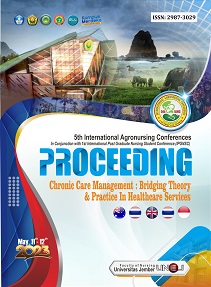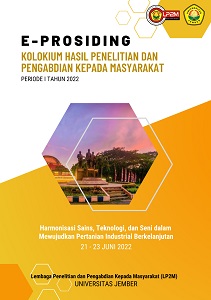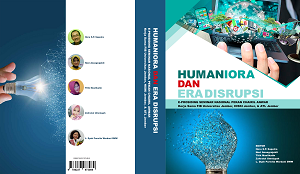ANTIBACTERIAL AND ANTIBIOFILM POTENTIAL OF ETHANOLIC EXTRACT FROM BINTARO FLOWER (Cerbera odollam) AGAINST Staphylococcus aureus ATCC 6538
Abstract
Staphylococcus aureus are examples of Grampositivebacteria that can cause infection.
Treatment of infection with antibiotic synthesis
can bring its own problems, namely the resistance
of bacteria to antibiotics. Resistant bacteria is a
bacterial pathogen that is capable of forming
biofilms on living beings. Traditional medicine can
be another alternative in the treatment of
infections. Natural compounds that have the
potential as an antibacterial commonly contain
steroids, tannins, polyphenols, flavonoids1),
alkaloids, saponins2).
Some studies related to the use as an antibacterial
Bintaro explained that the mangrove plant that
belongs to the family Apocynaceae is grown widely
in the southern coast of East Asia and the Indian
Ocean has antibacterial activity3).
This study was conducted to determine the
antibacterial activity and antibiofilm of ethanolic
extract from Cerbera odollam flower against
Staphylococcus aureus.
Published
2017-01-27
How to Cite
LESTARI, Dwi Rahma Suci; SOEGIANTO, Lisa; HERMANU, Liliek S..
ANTIBACTERIAL AND ANTIBIOFILM POTENTIAL OF ETHANOLIC EXTRACT FROM BINTARO FLOWER (Cerbera odollam) AGAINST Staphylococcus aureus ATCC 6538.
UNEJ e-Proceeding, [S.l.], p. 17-19, jan. 2017.
Available at: <https://jurnal.unej.ac.id/index.php/prosiding/article/view/3880>. Date accessed: 22 dec. 2024.
Section
General









